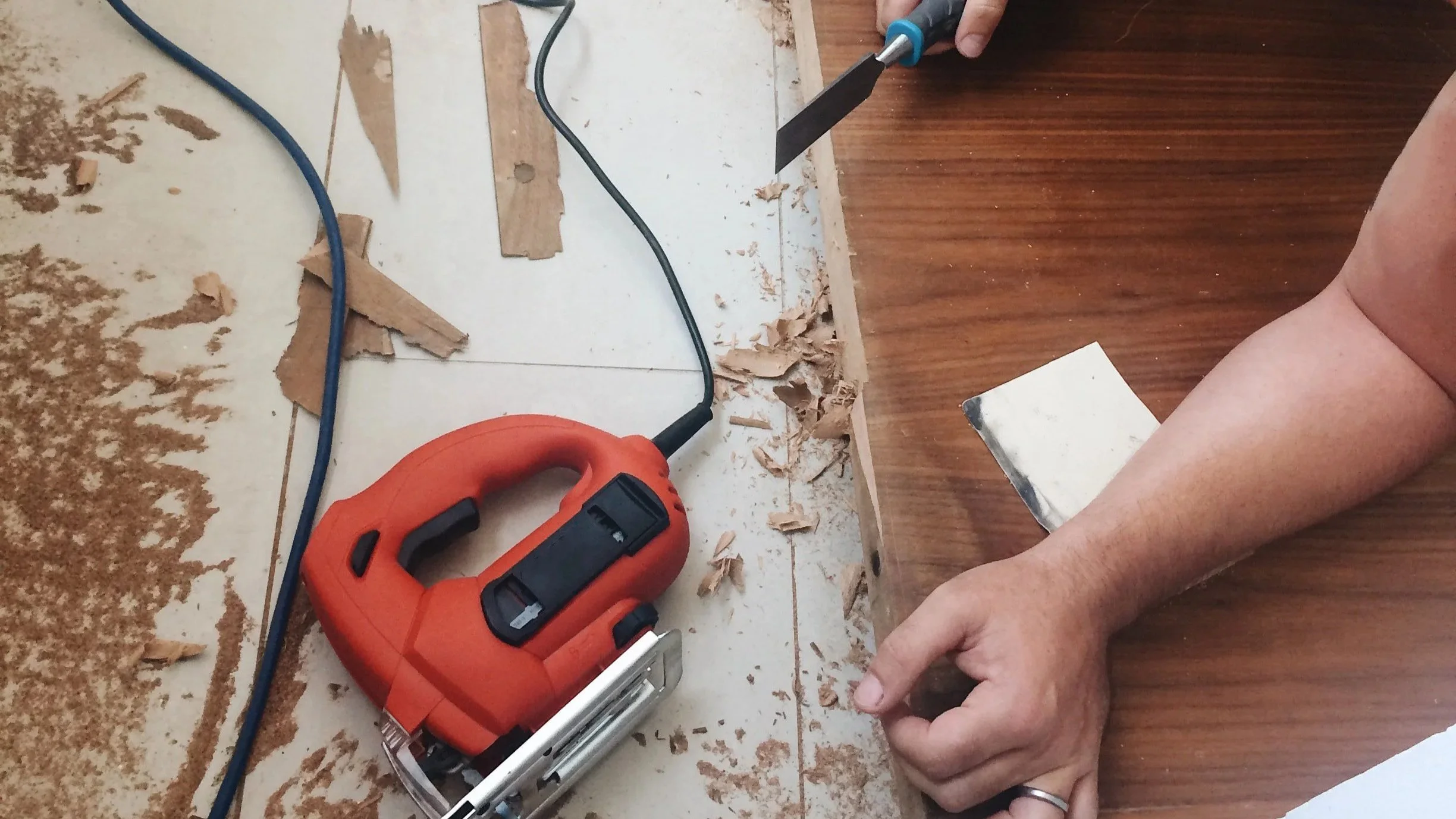DIY vs. Hiring a Handyman: When to Call in the Pros
If you’re a homeowner, chances are pretty high that you’ve faced this dilemma at least once. Should I roll up my sleeves, find a decent YouTube how-to video, and try to fix this myself, or is it time to call a handyman? Thanks to YouTube, TikTok, and countless available blogs, DIY projects have never been more accessible. But just because you can do something doesn’t always mean you should. Knowing when to take the DIY route and when to call in a professional can save you time, money, and stress.
The Case for DIY
There’s a satisfaction you get by grabbing your toolbox and tackling a project on your own. Painting a bedroom, hanging shelves, or replacing cabinet knobs are classic DIY-friendly projects. They’re relatively inexpensive, low-risk, and occasionally even fun.
DIY projects are also a great choice for people who want a personalized space. Do you want to paint a design on your accent wall or build a planter to go out on your patio? As long as you have the time and patience, those are things you can accomplish yourself over the weekend. These types of artistic projects give you creative control over your space and don’t require any trade experience.
An added benefit? Nothing feels quite like pointing out your newly tiled backsplash and saying, “actually, I did that myself.”
The Case for Calling a Handyman
While DIY has its appeals, it can also be a slippery slope. That “simple” plumbing leak you tried to fix might turn into a flooded bathroom. The shelf you installed might look great… until it comes crashing down under the weight of your book collection because it wasn’t screwed into a stud.
A handyman brings something to the table that most DIYers don’t have. Experience. They’ve experienced every common and uncommon complication, they know the shortcuts that save time without cutting corners, and they have the right tools on hand for the job. Not to mention, hiring a handyman usually means the project is done faster than if you were to do it yourself.
Another reason to hire help is safety. Working with electrical wiring, climbing ladders, or handling power tools can all be risky if you don’t know what you’re doing. A handyman is trained and insured to manage these tasks safely.
How to Decide: DIY or Handyman?
So how do you know which choice is for you? Here are a few questions to ask yourself:
Do I have the skills (and patience) to do this right?
If you’ve never picked up a drill before, installing the door on the front of the house that can be seen by all of your neighbors might not be the best first project.Do I have the tools?
Buying specialized tools for a one-time job can quickly eat up any savings you thought you’d get by going DIY. A handyman already has the equipment, which can make their service a better value depending on the project.How much is my time worth?
Even if you can do a project, consider how long it will take. A handyman can often complete tasks in a fraction of the time.What’s the worst-case scenario?
If a project goes wrong, could it cause serious damage, or will it just be a waste of time? If the answer is that it could cause damage or pose a safety issue, it’s a good idea to call in the professionals.
Final Thoughts
At the end of the day, the choice between DIY and hiring a handyman comes down to confidence, cost, and common sense. Tackling small projects yourself can be rewarding and empowering. But when the stakes are higher, it can be better to call a professional.
Hiring a handyman is often the most cost-effective decision in the long run. You won’t just save yourself the frustration of trial and error. You’ll also ensure the job is done right the first time, and free up your time for the things you enjoy most.
So the next time you’re standing in the hardware aisle debating whether you really need a tile saw, ask yourself: “Is this a project for me, or my handyman?” Your walls, floors, and sanity will thank you.


